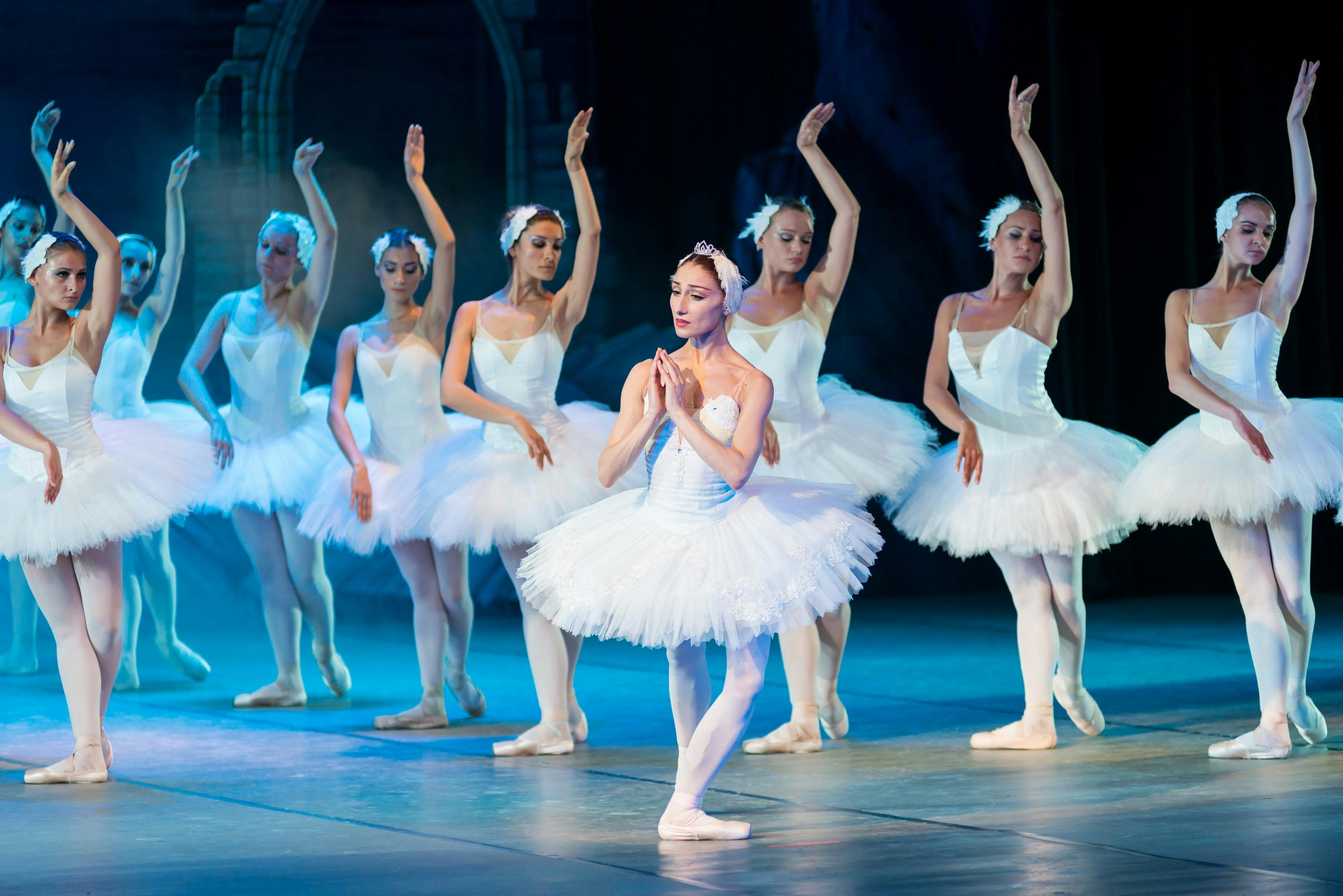Behind the Curtains: The Transcendent Relevance of Ballet in Modern Entertainment
Introduction: Ballet, a timeless art form, continues to captivate audiences with its unique blend of grace, athleticism, and storytelling. This article delves into the compelling journey of ballet, its influence on contemporary entertainment, and the unfolding evolution in current times.

Ballet: A Brief Historical Sketch
Ballet, originating in the Italian Renaissance courts of the 15th century, later developed into a concert dance form in France and Russia. It was originally a form of royal entertainment, a spectacle of music, dance, and poetry. Over the centuries, it evolved into a professional art form, with its own technical vocabulary and aesthetic rules.
Ballet’s Influence on Contemporary Entertainment
Ballet’s impact on modern entertainment is profound and multifaceted. Its influence can be seen in various forms of performing arts, including film, theatre, and even pop culture. The fluidity and expressiveness of ballet have inspired filmmakers, choreographers, and musicians alike, resulting in visually stunning cinematic sequences, innovative stage performances, and memorable music videos.
Current Innovations in Ballet
Today, ballet faces the challenge of remaining relevant in a rapidly changing world. However, it continues to adapt and innovate. Contemporary ballet companies embrace technology and multimedia, incorporating elements such as digital backdrops and interactive performances. Choreographers are creating new works that address pressing social issues, thereby making ballet a tool for social commentary and change.
The Significance and Reception of Ballet
Despite its perception as a highbrow art form, ballet has a broad appeal. Its core elements - human emotion, physicality, and storytelling - resonate with audiences worldwide. The increasing diversification in ballet narratives and performers is also expanding its reach, attracting a wider demographic.
The Future of Ballet
As ballet strides into the future, it continues to redefine itself, embracing inclusivity and innovation while preserving its classical heritage. The emergence of virtual ballet performances during the COVID-19 pandemic demonstrated ballet’s resilience and adaptability, reinforcing its enduring relevance in our ever-evolving entertainment landscape.
In conclusion, ballet, with its rich history, wide-reaching influence, and ongoing evolution, is more than a classical dance form. It is a living art that continues to inspire, innovate, and captivate, holding a mirror to society while enchanting audiences with its timeless beauty.
